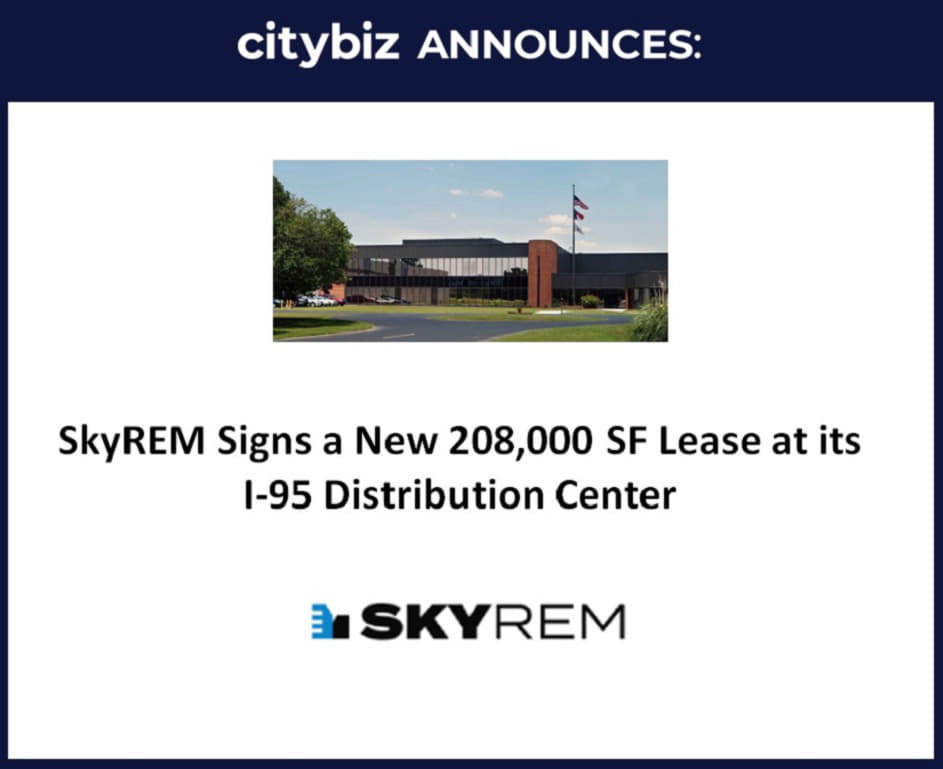Jim Sund is getting a flash from the past.
During his childhood, he only read one book outside of class. Its subject: the heart. To Sund, this is somewhat providential as he is now gearing up to commercially release a device that helps with heart surgery, among other things.
Then, as an undergraduate student at the University of Florida, he had his eye on becoming a surgeon. Though he ultimately chose a different path, he takes pride in the fact that he is circling back to his original interest.
Later, when he went for his doctorate and MBA at Duke University, he invented a nonlinear algorithm that he leveraged when working on his latest project.
He spent seven years assessing commercial viability of inventions from NASA and universities. Now he is doing the same for his own invention.
All of this culminated in the creation of Durham-based Scinovia Corp., for which Sund is the founder and CEO.
“The last four years I kind of realized my past pointed to this,” said Sund. “It’s gratifying. But part of this is a little more spiritual, I think. Here I am looking at my skills and interests. I realized I could put that together to make Scinovia. I want to be humble about that, but everything is coming together.”
The medical device company is getting ready to release its product, the first non-contact flowmetry device to measure actual speeds of vessel and tissue blood flow.
An existing market
Sund spent a portion of his career assessing inventions for markets. After looking at 150 inventions, he noticed that most individuals created devices for markets that should exist. He decided he would create his own invention for a market that he knew already existed.
He found a market for products assessing the adequacy of blood flow during surgery. An invention targeting this market has the potential to impact bypass surgeries, among other procedures. The only roadblock was inventing such a device.
“I was looking for a revolutionary technology for an existing and fast growing company,” he said. “It’s very rare. I learned this market existed and was growing at 20 percent. I just didn’t know if it could become a product. The capability did not yet exist.”
The issue was creating a non-contact product, which would be safer than other devices. He needed a device to be able to remotely measure the absolute blood flow of a patient.
“It’s great to be doing what you think you’re supposed to be doing,” he said “But there is nothing quite like fitting a hand to glove. That’s what it felt like I was doing when I found a market and created a product to fit it.”
Creating the device
Sund formed Scinovia in 2014 with the intention to create an imaging device. The company had four employees at inception. It now has a team of about 12 individuals.
Sund invented the core algorithm for the device, but it took a whole team to create the product.
“I kind of figured it out,” he said. “I solved it the algorithm level and called people who I knew could solve it at the blood level — the speed of blood flow. But going from that to a finished product took four years. I didn’t realize that it was going to take that long”
The company took two years to create a prototype, twice as long as expected. Getting that prototype market ready took two more years. Sund attributed the delay in production to the challenge of finding and creating ideal components and suppliers for the device.
“We probably went through 15 different camera manufacturers until we found the best, and that was true for many other parts,” he said. “Much of what we asked for did not exist, so we had to ask suppliers to change their products. That’s what took such a long time— getting everything right.”
In 2016, Scinovia tested its mobile prototype during operations on pigs at the North Carolina State University School of Veterinary Medicine.
“When we did the pigs we were looking at the heart arteries and veins,” he said. “The cool thing was that the surgeon let us measure and visualize five different organs, and our images worked on all the organs. That was a surprise.”
The device was successful.
“It was just another level of gratification,” he said. “It was one thing to know it was going to work, but it’s another thing to see it working. It gave a level of certainty of the future, a sort of knowing. It was more an external gratification that we needed. I didn’t realize that we actually needed that, and when I did I was like ‘Wow, we are in a good place.’”
Investment and future plans
Sund has high hopes for the future of the company. He raised $2.5 million total investment, which included stock, since a $350,000 investment in December 2014.
Sund says some of his investors have family history of heart and other kinds of diseases. For them, investing is a way to make sure that if they are ever to have surgery, they have the best devices to help them.
“When pitch to investor you talk about competitive advantage and what it means to them,” he said “But when you turn around and they say ‘my dad had a bypass and it might be me in the future and I want this in the operating room when it is my turn,’ it’s more meaningful.”
He also says that he has the approval from medical professionals. He has a medical advisory board of 10 surgeons who will be the first to test the product in clinics and hospitals throughout the United States. Sund will also distribute the device to local hospitals such as UNC Hospitals.
The advisory board test of the device is more applicable to diagnostic or therapeutic areas. Scinovia will use this research to obtain approval from the U.S. Food and Drug Administration in a year.
The next steps are to make two industries aware of device: surgeons who do academic research and will use the device to look at the speed of blood and chemical engineers who want to remotely sensor fluid flow speeds.
From there, the company hopes the product will pick up commercially.
“When we show this device to professionals, they always say ‘can I get this thing yesterday’ or ‘this is a game changer,’” Sund said. “I think it’s going to become an appliance.”






